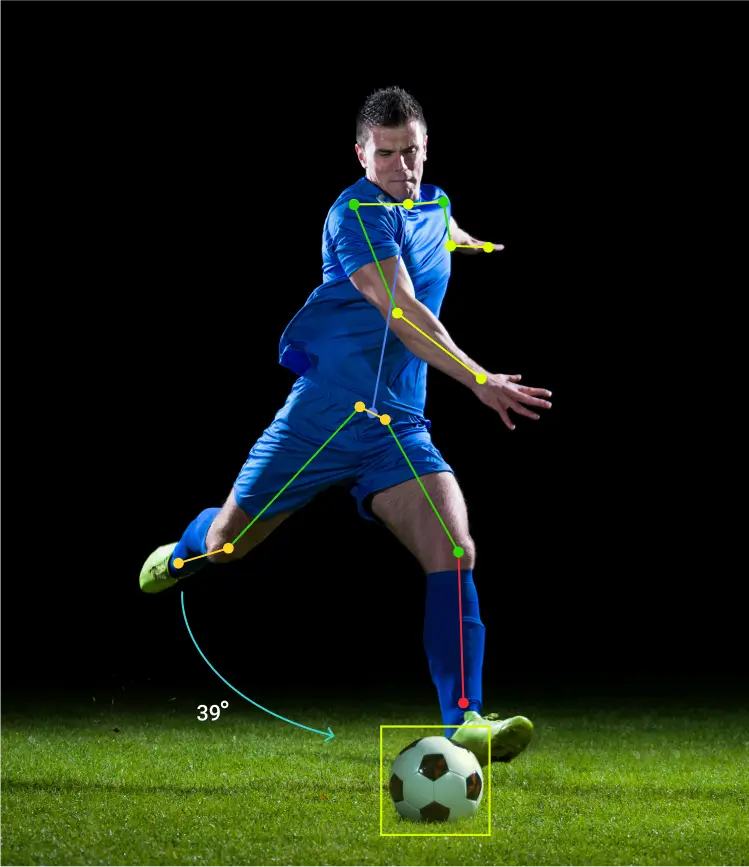Clothing Detection Solution
Accurately detect and identify apparel and clothes-related images
in a feed, video, on social media feeds, or other fashion media.
Automatically Detect Clothes and Classify
Use the power of AI to identify clothing and recognize apparel types in images. This opens up a plethora of possibilities for you by making your images searchable. Whether you’re working in fashion, looking for fashion insights, or simply want a social media analytics tool, our solution enables you to dig deep into image data and extract valuable insights.

Streamline Your Project with Our Step-by-Step Approach
1

Identify the problem
2

Define success criteria
3

Determine the solution
4

Collect training data
5

Train & Evaluate
6

Deploy and test
7

Iterate on the solution
AI Apparel Detection Solution in Action
Identify and categorize apparel for tracking and search in real-time and extract insights with AI.
Clothes Detection Solution Features
Our solution leverages the power of AI to detect and classify clothing and deliver the results using comprehensive reports. With our experience as a bespoke solutions provider, we can tailor our solution to work in a variety of use cases without you having to break the bank like with most off-the-shelf solutions available.

Detect
Detect different articles of clothing/apparel in image and video feeds.

Classify
Classify different types of apparel via annotation.

Moderate
Flag images of products that don't conform with your criteria

Reports
Generate reports for findings.

Customize
Fully customizable, you can add custom functionality on top with ease.
You Choose the Deployment Model
We can deploy the solution and make it available as needed.

On-Prem Deployment

Cloud Deployment

APIs
Frameworks Used for Clothing Detection
The solution/model is built utilizing frameworks that provide the maximum benefit to you, whether you’re looking for feasibility, viability of tech, or maturity of the platform. We can easily work with platforms of you choice as well to ensure the minimum friction between your systems.
Clothing Detection Use Cases
Revolutionize your customers' shopping experience with computer vision-powered clothing detection - say goodbye to tedious searches and hello to instant gratification

Visual Search
Make product search easier and more convenient for customers, by using visual search. Simple picture uploads can be quickly scanned and identified by computer vision to match with objects in the database and provide accurate and relevant results within seconds

Personal Recommendations
Our intelligent recommendation system uses data gathered from visual searches to curate customized fashion options for each customer. By leveraging multimedia data mining, the system processes vast amounts of information to generate unique and intelligent recommendations.

Automated Product Tagging
With Automated product tagging and visual recognition, catalog management becomes easier, cost-effective, and reliable without any hassle of the error-prone manual tagging process.
Apparel Detection & Clothing
Learn more about the solution and standard features.
Got more questions? Interested in the pricing?
Let’s walk you through the process. Contact us today!




